South Korea unchallenged as largest foreign investor in Vietnam
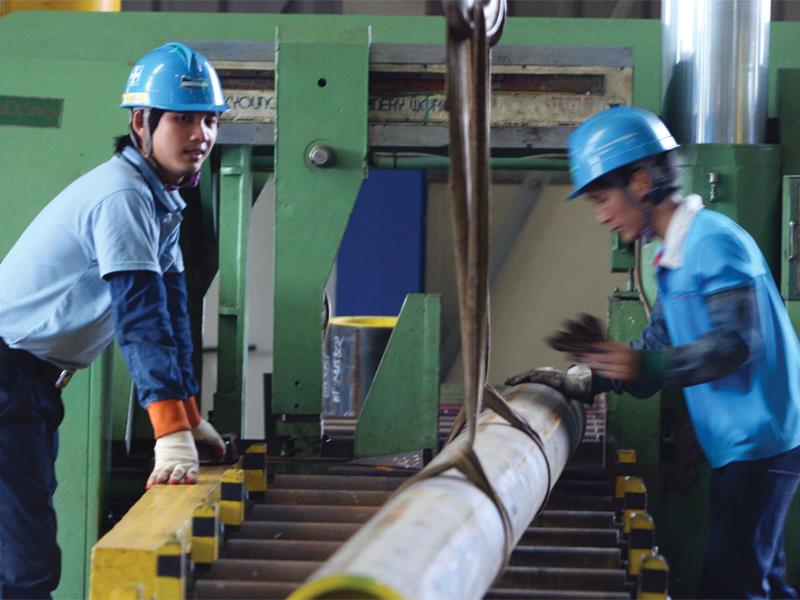 |
According to the statistics published by the Foreign Investment Agency under the Ministry of Planning and Investment on September 23, between January and September 20 this year, South Korean enterprises invested $5.587 billion in Vietnam, roughly one-third of the total foreign direct investment (FDI) volume arriving to the country.
South Korean private investment in Vietnam comes in waves, showing via determination to implementing large-scale projects as well as capital volumes continuously flowing into the country.
Notably, G.O. Max I&D is pursuing their $1.5 billion horse racecourse project in the northern province of Vinh Phuc. G.O. Max recently confirmed to VIR that it had submitted the plans to the local authorities for confirmation.
In addition to the racecourse itself, the project is going to include a 72-hole golf course, a sports and entertainment area, a horse riding and polo club, residences, and villas, all on a total area of 750 hectares.
S. T. Woo, chairman of Solarpark Global I&D Co., Ltd., has been commuting between Korea and Vietnam to smooth the path of the company’s solar power plant in Dak Lak province. In April, representatives of the company and the Dak Lak People’s Committee signed a memorandum of understanding (MOU) to develop the solar power plant, with a total planned investment between $0.6 billion and $1 billion and a capacity of 300-500MW.
Another example is LG Group subsidiary LG Innotek’s project to build a $550 million factory to manufacture camera modules at Trang Due industrial park in the northern port city of Haiphong.
Being LG Group’s third project in Haiphong, this addition will help increase LG’s investment capital in the city to $3.55 billion, consisting of the $1.5 billion hi-tech screen (OLED) production factory and a $1.5 billion complex which specialises in producing price-competitive electronic goods, including televisions, mobile phones, washing machines, and air conditioners.
Although the $3.55 billion is relatively small compared to the $15 billion investment from Samsung, it is a testament to LG’s plans to turn Vietnam into a key link in its global manufacturing chain.
In March, CJ Group released its plans to extend its investments by $500 million in Vietnam in 2016, increasing its total capital in the country to $900 million. The capital will be allocated to build new factories, expand the CGV cinema system, as well as implement M&A deals.
With the cumulative investment capital of $50 billion in Vietnam so far, it is difficult to imagine other countries to take over South Korea as the largest foreign investors in the country. Furthermore, the FDI inflows from South Korea not only suit the government’s policy on FDI attraction but also contribute to promoting the socio-economic development of numerous regions.
“In reality, numerous South Korean enterprises invest in Vietnam to utilise the low-cost labour. However, if there is no knowledge and technology transfer for the Vietnamese partners, these enterprises will be replaced by Japanese and US enterprises which are willing to make the trade-off,” S. T. Woo said.
What the stars mean:
★ Poor ★ ★ Promising ★★★ Good ★★★★ Very good ★★★★★ Exceptional
Latest News
More News
- Levelling up green logistics requires a helping hand (April 24, 2024 | 14:19)
- MPI meets with Nvidia vice president to discuss AI and semiconductor cooperation (April 24, 2024 | 14:14)
- Negotiations over payment agreement for LNG power stuck in deadlock (April 23, 2024 | 18:02)
- Masan completes $250-million equity raise from Bain Capital (April 23, 2024 | 17:37)
- Amata City Ha Long marks six years of development (April 23, 2024 | 17:00)
- Taiwan's Giant Group to build $120 million bicycle factory in Binh Duong (April 23, 2024 | 15:02)
- Nvidia delegation to explore opportunities in Vietnam (April 23, 2024 | 08:30)
- China's BOE builds $275 million electronics factory in Ba Ria-Vung Tau (April 22, 2024 | 10:44)
- Suntory PepsiCo breaks ground on its largest Asia-Pacific plant in Vietnam (April 22, 2024 | 08:53)
- New Hope ceases Binh Dinh pig-breeding project (April 19, 2024 | 18:34)

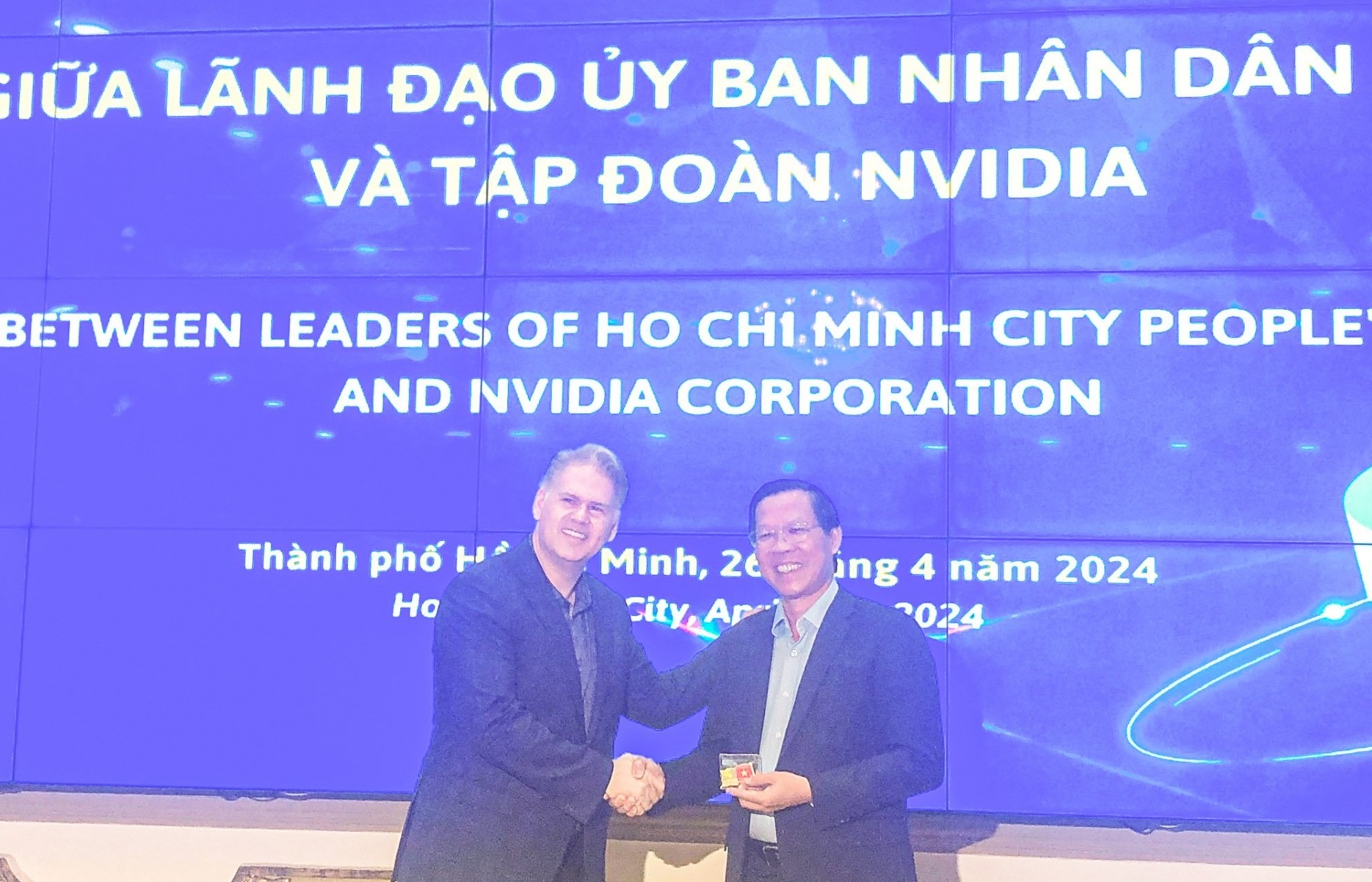
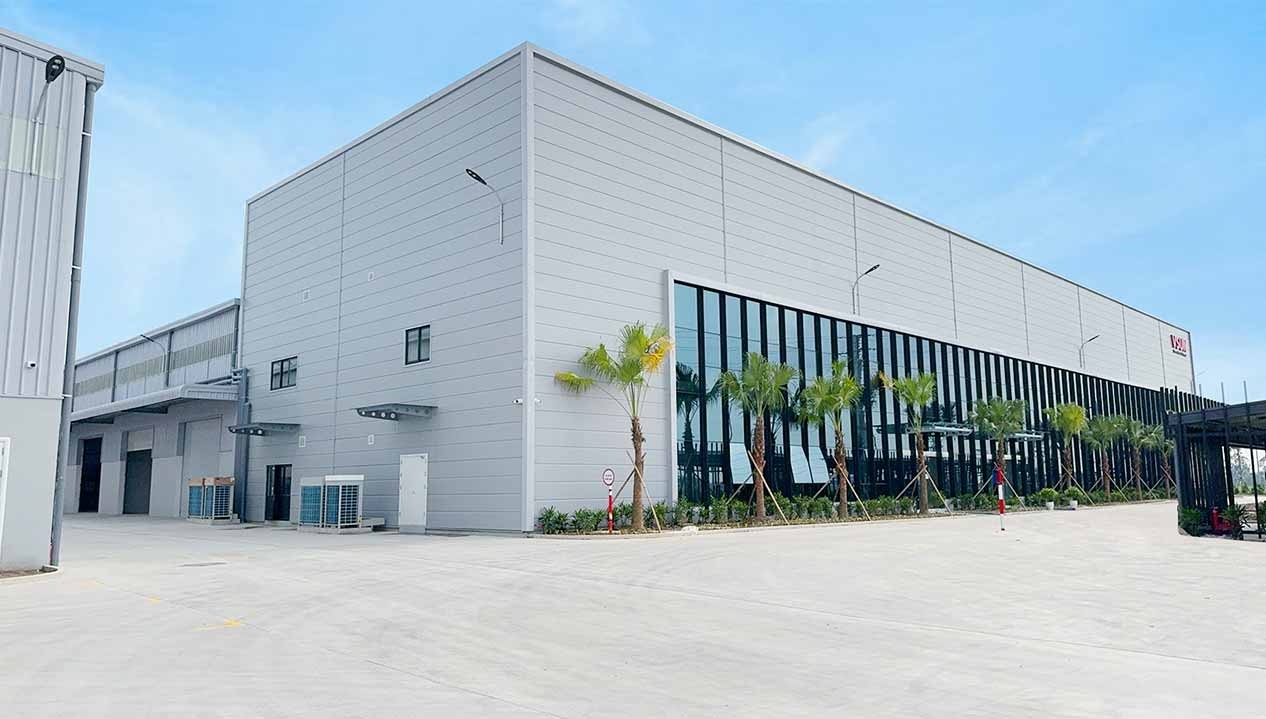
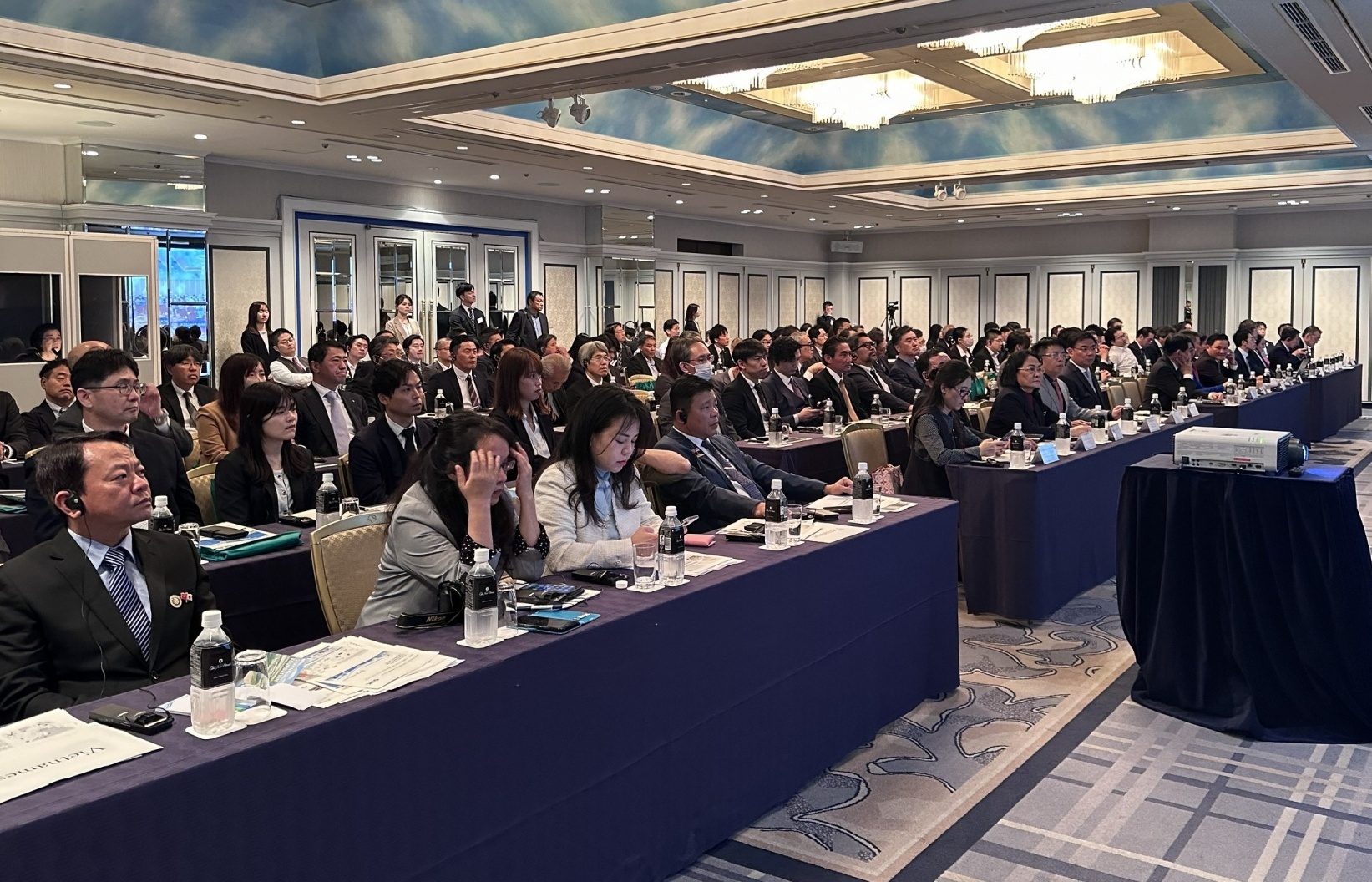
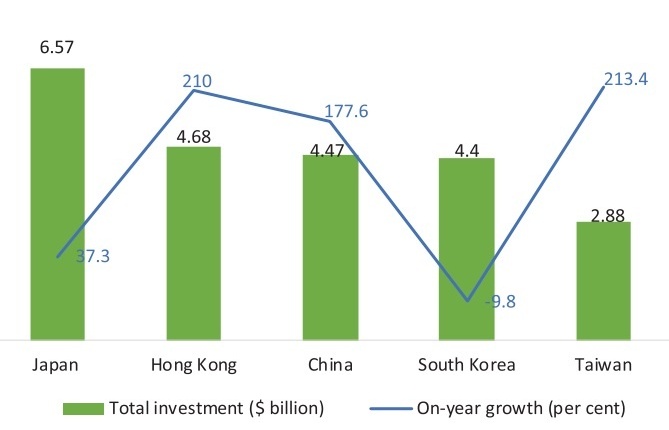
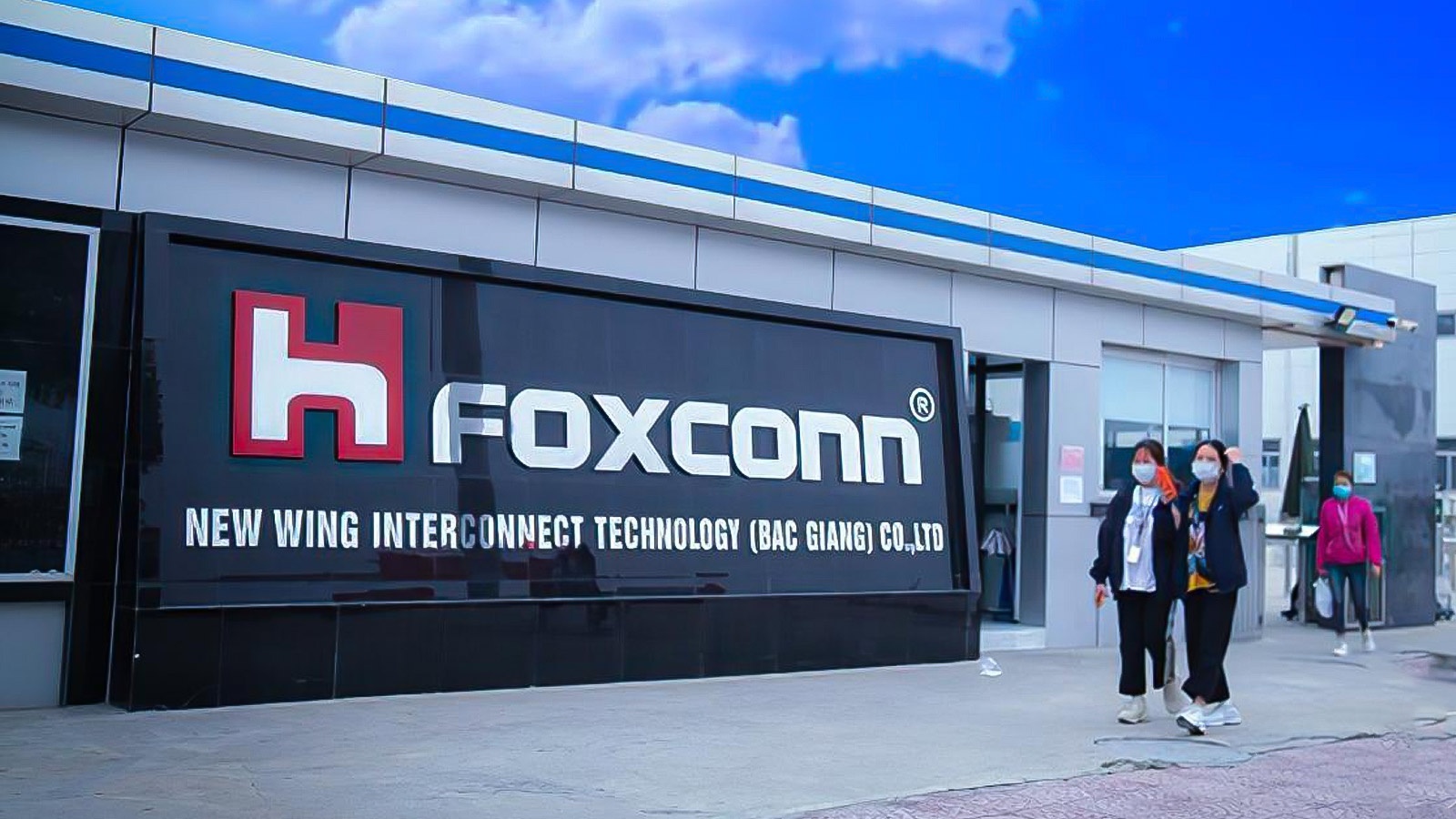



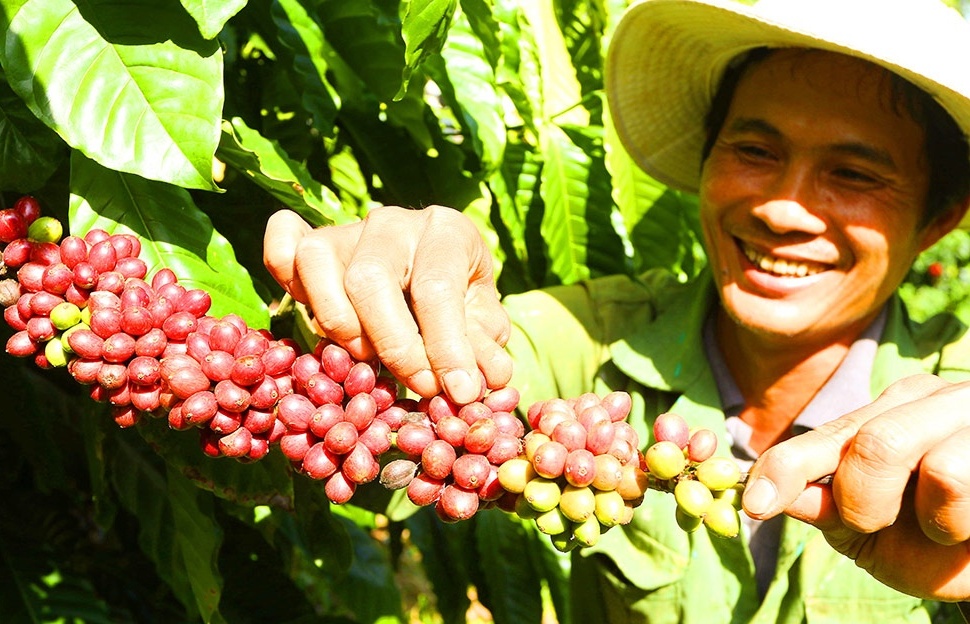
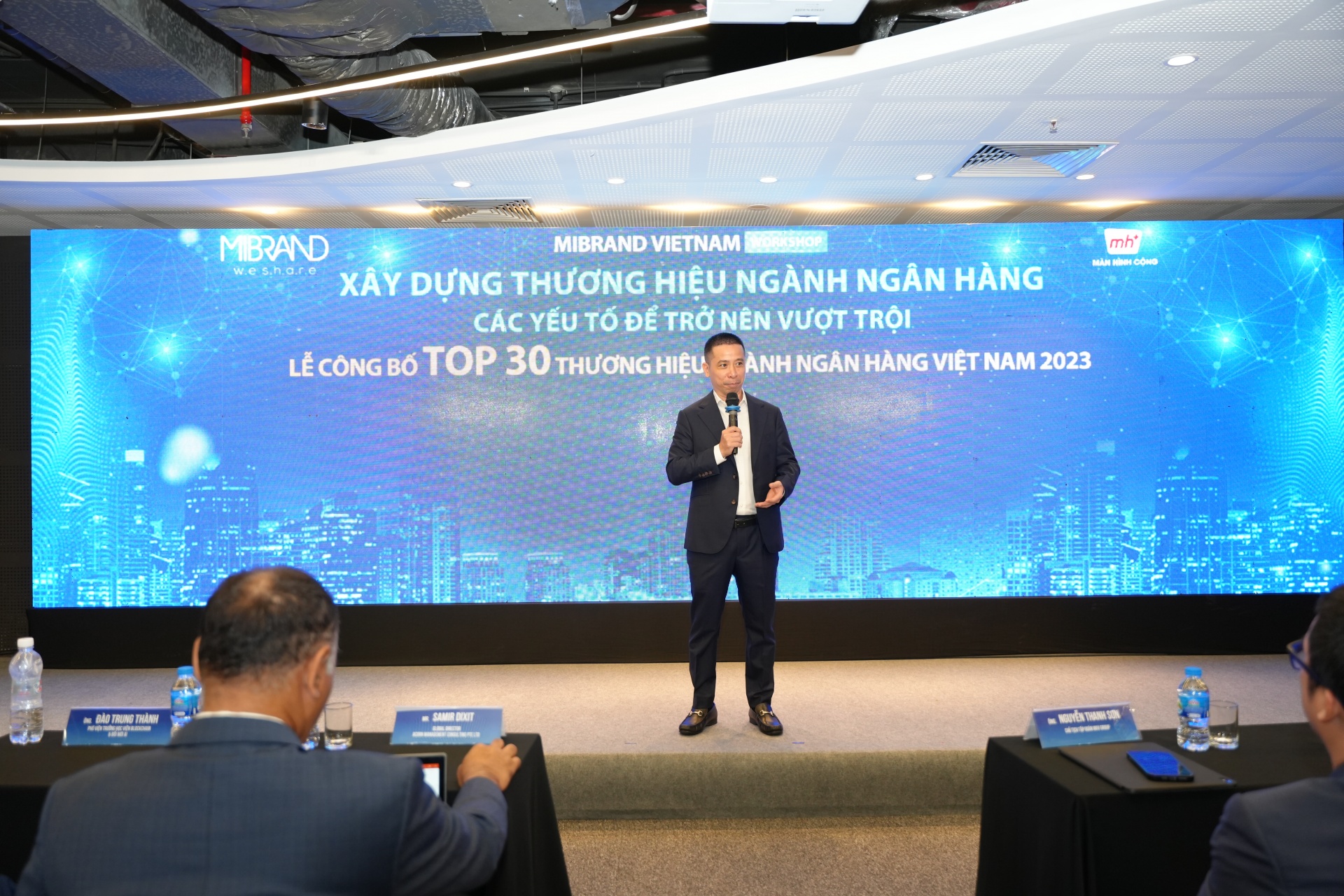



 Mobile Version
Mobile Version